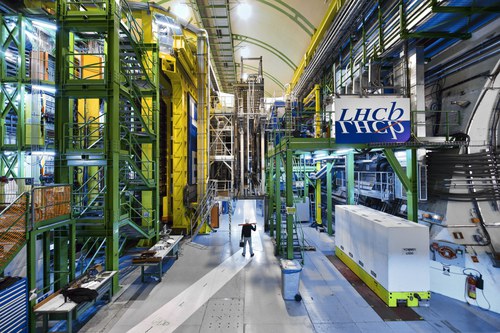
The University of Bologna joined the LHCb collaboration in 1998. LHCb is an experiment on the LHC accelerator devoted to the study of the Standard Model, in particular, to the electroweak and strong interactions. Nowadays, the Standard Model provides a hugely successful description of all available experimental data in elementary particle physics. However, the underlying origin of electroweak and flavour symmetry breaking remains mostly unknown, as well as the mechanism stabilising the electroweak scale. The LHCb-Bologna group carries on research activities dedicated to New Physics searches with heavy-flavoured hadrons, exploiting the unprecedented amount of beauty and charm hadrons produced by the LHC and collected by LHCb during Run-1 and Run-2. In particular the members of the group play a leading role in data analysis with the aim of realising: precision measurements of matter-antimatter asymmetries (CP Violation) with beauty and charm hadrons; lepton-flavour universality tests with beauty- and charm-hadron decays; studies of very rare decays of charm hadrons; spectroscopy studies with heavy flavours and study of exotic states; studies of advanced data analysis techniques with hardware acceleration (GPU and FPGA).